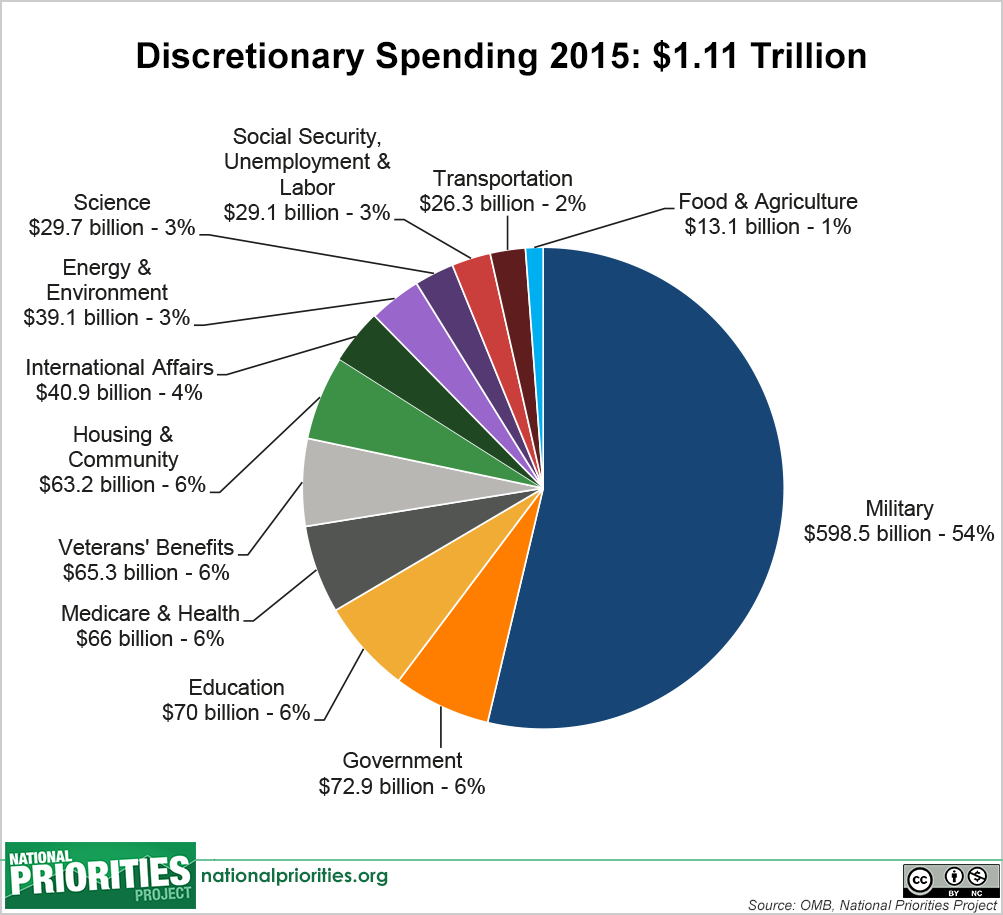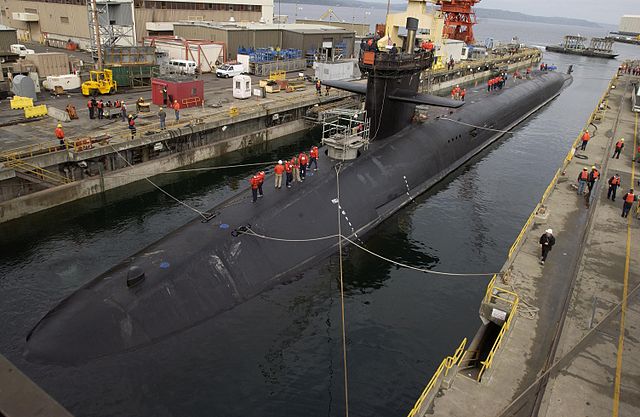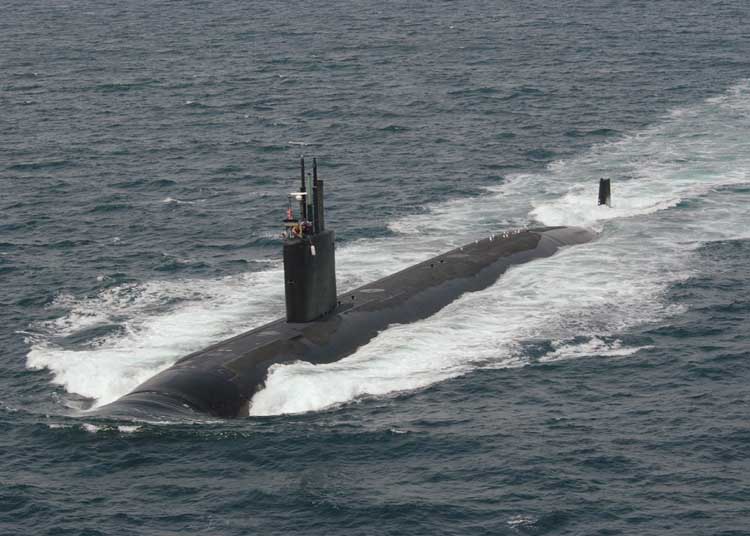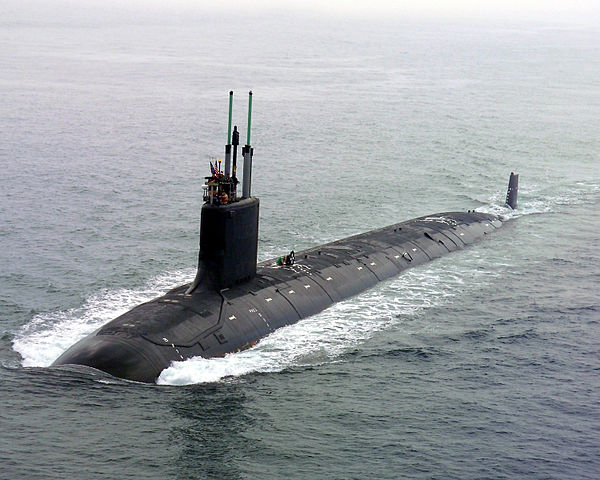
President Trump has followed-up on a campaign promise and proposed a significant increase in military spending in the FY ’18 budget by $52 billion. The $632 billion-dollar request represents a 9% increase in discretionary spending over the FY ’17 budget. At the same time, Trump is calling for cuts in a number of programs that address critical human needs or serve as value-added services that enhance the quality of life in communities.
 For some time now discretionary spending earmarked for our nation’s military, that which Congress can dictate, has represented over 50% of such spending in the federal budget. It is the one area of the budget that presidents are hesitant to cut for fear of being painted as ‘weak’ on defense. The political consequences of making military spending sacrosanct is the inability of the government to meet other pressing human needs. Unlike expenditures in other areas, military spending requires huge investments that tally in the billions of dollars. And those investments are not an exact science as often dollars are allocated for programs or weapon systems, or deployments that are not successful. Still, there is rarely a walk back from the Department of Defense (DoD). For the FY ’18 budget, it appears the federal checkbook is wide open.
For some time now discretionary spending earmarked for our nation’s military, that which Congress can dictate, has represented over 50% of such spending in the federal budget. It is the one area of the budget that presidents are hesitant to cut for fear of being painted as ‘weak’ on defense. The political consequences of making military spending sacrosanct is the inability of the government to meet other pressing human needs. Unlike expenditures in other areas, military spending requires huge investments that tally in the billions of dollars. And those investments are not an exact science as often dollars are allocated for programs or weapon systems, or deployments that are not successful. Still, there is rarely a walk back from the Department of Defense (DoD). For the FY ’18 budget, it appears the federal checkbook is wide open.
Defense spending presents many complications for the American public. First, it implies an endorsement of force as the ultimate option for our nation’s relationship with countries with which the United States is in conflict. Second, the bounty of jobs produced by military spending allows members of Congress to hide behind the cover of the economic benefits derived by local communities in their districts. The public in areas populated by defense contractors then see these jobs as critical to their personal financial security. Then there is the matter of the political contributions of defense contractors, some of the most significant of all political action committee donations, and how they dictate the behavior of lawmakers. With cash flowing into the coffers of elected officials under the dome, this seemingly incestuous relationship leads to a mountain of money flowing through the federal budget for which citizens have little way to hold Congress accountable.
In the coming weeks hearings on the executive budget request for the Department of Defense will be held in Congress before the appropriate committees in the House and Senate. Various representatives from DoD will provide testimony and face questioning from committee members. Some of these hearings will likely be broadcast live over C-SPAN. During this period the public can express their concerns to committee members, as well as legislators who represent areas where the defense industry is prominent. Citizens can also communicate with their elected representatives and voice their opinions on the president’s budget.
What are we buying?
The public rarely sees what their tax dollars are buying because the military is generally an off-screen operation except in times of international conflict or war. The occasional glimpse of military hardware does not allow citizens to fully comprehend the scope of military purchasing. Nor is the public privy to the accounting of DoD purchasing and audit data that reveals waste in purchasing or investments that failed to live up to expectations. We provide just a sample of what the Defense Department budget facilitates in military expenditures in two branches of the military, the Air Force and Navy. The figures were obtained from the official Air Force and Navy websites.
Air Force
A-10 Thunderbolt II
Cost per Unit: $18.8 million
Contractor: Fairchild Republic Company
B-2 Spirit (nuclear, stealth bomber)
Cost per unit: $1.157 Billion
Contractor: Northrup Gunman Corp.
Subcontractors: Boeing Military Airplanes Corp.
Hughes Radar Systems Group
General Electric Aircraft Engine Corp.
Vought Aircraft Industries
F-22 Raptor
Cost per unit: $143 million (183 units)
Contractor: Boeing, Lockheed Martin
MQ-9 Reaper (drone)
Cost per unit: $64.2 million (93 units)
Contractor: General Atomics Aeronautical Systems, Inc.
F-16 Falcon
Cost per unit: $14.6 million (1,017 units)
Contractor: Lockheed Martin
AC-130U
Cost per unit: $210 million
Contractor: Lockheed Martin
Boeing
CV-22 Osprey
Cost per unit: $90 million (46 units in service)
Contractors: Bell Helicopter Textron, Inc.
Boeing Company
Navy

USS Michigan
Ohio Class Submarine
Cost per unit: $2 Billion (18 units)
Contractor: General Dynamics Electric Boat

USS Asheville
Los Angeles Class Submarine
Cost per unit: $900 million (36 units)
Contractor: Newport News Shipbuilding
General Dynamics Electric Boat

USS Virginia
Virginia Class Submarine
Cost per unit: $2.688 billion (13 units active of 48 planned)
Contractor: Newport News Shipbuilding
General Dynamics Electric Boat
Photo Credits: United States Navy, United States Air Force




















